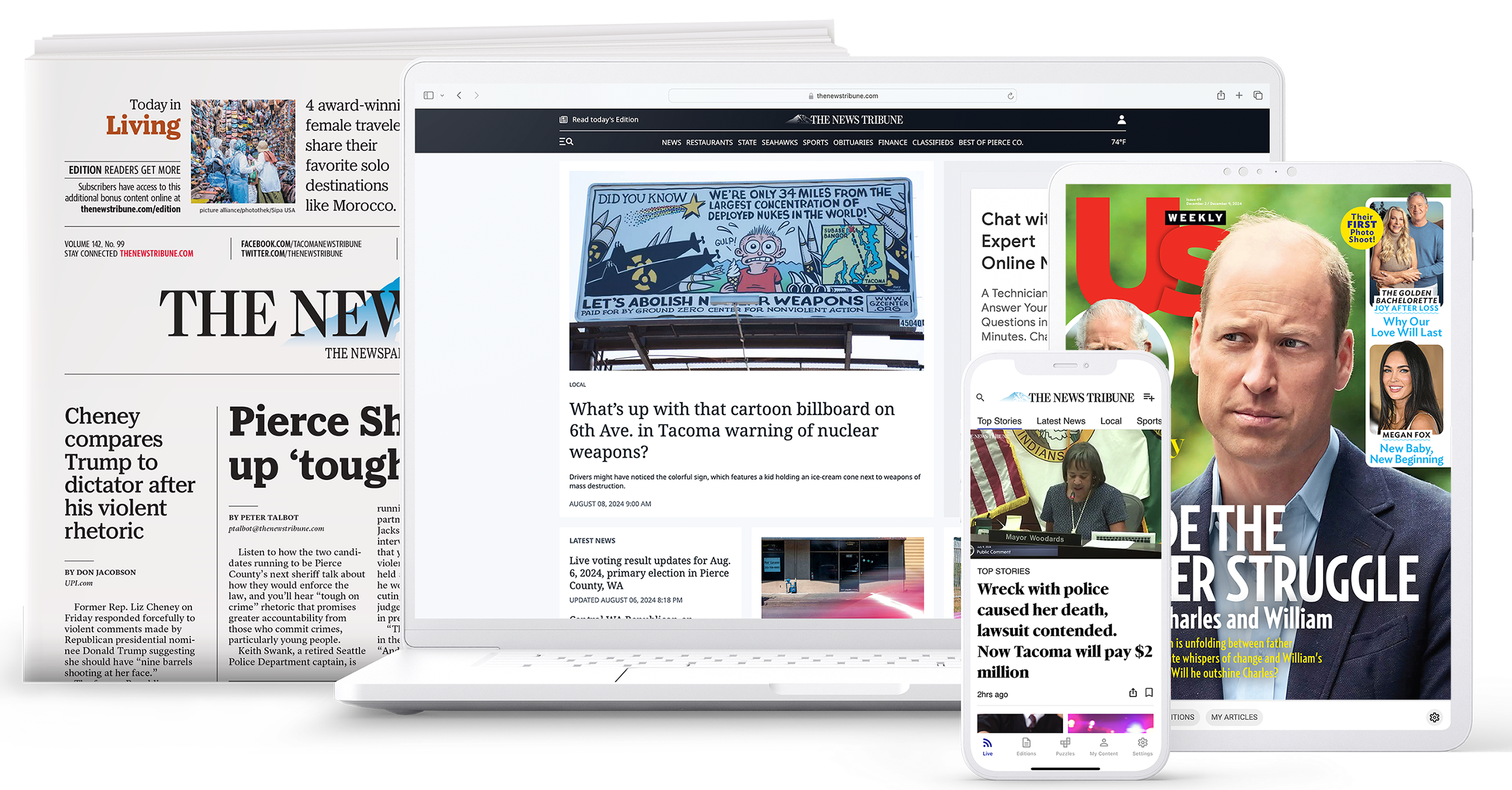Unpacking the Latest Trends in stnews.live Stories
Discover the current Patterns and Insights in News Online Today
The landscape of journalism is advancing swiftly in the electronic age. News companies are progressively taking on a digital-first method, concentrating on web material and mobile optimization. This change not just influences how tales are informed yet likewise influences the methods used for circulation and interaction. As new innovations arise, the ramifications for both reporters and target markets are considerable. What does this mean for the future of news intake?
The Shift to Digital-First Journalism
As standard print media continues to decline, several news organizations have actually welcomed a digital-first approach to journalism. This shift mirrors a wider acknowledgment of transforming customer practices, as audiences significantly turn to on the internet platforms for information intake. Publishers are now prioritizing web-based content, maximizing articles for mobile gadgets, and employing information analytics to understand visitor choices much better.
In this progressing landscape, rate and accessibility have become essential. Newsrooms are restructuring their operations to deliver prompt updates and damaging information directly to digital target markets. Furthermore, social media sites has actually arised as a crucial circulation network, allowing companies to engage with visitors and amplify their reach.

Accepting Multimedia Storytelling
While traditional text-based write-ups stay crucial, information companies are increasingly welcoming multimedia narration to engage target markets better. This strategy integrates numerous styles, consisting of pictures, video clips, infographics, and interactive aspects, enabling a richer narrative experience. By leveraging multimedia, reporters can catch complicated stories and present them in a way that reverberates with varied audiences.
Multimedia narration provides to the contemporary consumer's choice for quick, absorbable material. Engaging visuals and sound not just enhance understanding but likewise stimulate emotional responses, promoting a much deeper connection to the information. Lots of organizations are making use of platforms that enable smooth combination of these components, making stories much more easily accessible on smart phones and social media.
As innovation advances, the potential for advancement in multimedia narration remains to grow, providing brand-new possibilities for storytelling that can adapt to the changing landscape of news intake. This fad underscores the need for wire service to remain pertinent in a progressively aesthetic world.
The Function of Social Media in News Distribution
Social network has actually transformed the landscape of information circulation by allowing quick details sharing that can get to millions in seconds. This immediacy fosters distinct audience interaction strategies, as platforms allow customers to engage directly with information web content. The occurrence of misinformation also underscores the crucial need for reliable fact-checking devices in this electronic age.
Rate of Info Sharing
Just how has the development of social networks transformed the landscape of information distribution? The speed of information sharing has actually sped up dramatically, making it possible for information to reach audiences practically instantaneously. Systems like Twitter, Facebook, and Instagram allow users to disseminate updates in real-time, often surpassing conventional media outlets. This immediacy has changed the characteristics of news usage, with breaking stories regularly stemming on social media networks before being grabbed by established news companies. The viral nature of social networks magnifies the reach of information, allowing stories to obtain traction swiftly and influencing public discourse. However, this rate likewise increases worries concerning misinformation dispersing unchecked, highlighting the demand for critical analysis of sources in an age where the need for quick information is ever-increasing.
Target Market Engagement Techniques

Misinformation and Fact-Checking
As false information spreads swiftly across social networks systems, the need for efficient fact-checking has actually become increasingly crucial in news circulation. Social network's duty in sharing info has improved how news is shared, commonly prioritizing rate over accuracy - stnews.live. This environment creates abundant ground for false narratives to grow, bring about public confusion and distrust in genuine information resources. Fact-checking companies have become essential players in combating misinformation, using extensive techniques to confirm cases and promote openness. Cooperations between information electrical outlets and social networks firms are essential in establishing devices that determine and flag incorrect web content. Ultimately, promoting media literacy amongst users is substantial, equipping them to recognize reputable details among the frustrating sound of the digital landscape
The Increase of Membership Designs
The increase of click now membership designs in on-line news has changed the media landscape, supplying authors a lasting income stream in the middle of decreasing advertising and marketing incomes. As audiences become a lot more critical about the quality of news they consume, numerous want to pay for reputable material. This shift has actually caused the emergence of various registration rates, catering to various target market needs and choices. Some platforms supply exclusive material, while others use ad-free experiences, boosting individual involvement.
Furthermore, the registration model has actually motivated advancement in storytelling and multimedia presentations, drawing in a more comprehensive audience. Publishers are progressively leveraging analytics to comprehend customer actions, customizing their offerings to make best use of retention and contentment. stnews.live. This trend not only empowers news organizations to invest in quality journalism yet also fosters a much deeper connection in between publishers and viewers. As the landscape proceeds to evolve, membership designs are most likely to play a crucial duty in shaping the future of information usage
Fact-Checking and Combating False Information
Dealing with misinformation has come to be a critical priority for information organizations in the electronic age. As false stories multiply throughout social media and online systems, the stability of journalism faces extraordinary challenges. News electrical outlets are progressively purchasing fact-checking initiatives to ensure that the information they distribute is precise and dependable. Cooperations with independent fact-checking agencies have actually emerged as a typical technique, permitting wire service to confirm cases and give transparency to their target markets.
Moreover, media literacy campaigns intend to enlighten the public on recognizing false information, empowering visitors to critically analyze the resources of their news. Advanced technologies, such as AI-driven devices, are also being discovered to enhance the fact-checking procedure. In spite of these site web initiatives, the quick spread of false information presents a continuous threat, highlighting the need for continual watchfulness and technology in combating fallacies while preserving journalistic standards and integrity.
The Influence of AI and Automation on News Coverage
While modern technology remains to progress, AI and automation are progressively transforming information reporting, reshaping how reporters gather, examine, and present information. These developments make it possible for the fast processing of huge amounts of data, enabling news companies to identify trends and produce insights more efficiently. Automated devices can aid in generating regular information articles, releasing up reporters to concentrate on thorough reporting and investigatory work.
Moreover, AI-driven algorithms boost customization, tailoring information feeds to individual preferences and boosting target market engagement. However, the dependence on modern technology elevates problems concerning accuracy and the potential for bias in automated reporting. Reporters have to browse these challenges while maintaining useful content journalistic stability.
Eventually, the combination of AI and automation is positioned to reinvent the information industry, making it crucial for professionals to adapt and establish new skills in this evolving landscape. The future of news coverage will rely on a balance in between human insight and technological advancement.
Regularly Asked Inquiries
How Do News Organizations Step Audience Engagement Online?
Wire service determine target market interaction online with analytics tools that track metrics such as web page sights, time invested on short articles, social media shares, and remarks. These insights assist tailor material to better fulfill audience passions and preferences.
What Are the Benefits of Signing Up For Multiple News Resources?
Subscribing to several information sources enhances details variety, decreases bias, and cultivates crucial thinking. It allows people to contrast viewpoints, stay educated on different subjects, and encourages an all-around understanding of existing occasions and concerns.

How Can Viewers Recognize Credible News Resources?

What Abilities Are Necessary for Aspiring Digital Reporters?
Hopeful electronic journalists need strong writing, vital reasoning, and study skills. They need to also excel in multimedia storytelling, understand target market interaction, and navigate social networks successfully to deliver timely and precise information in an electronic landscape.
Just How Do Algorithms Impact the News We See Online?
Algorithms greatly influence the news individuals run into online by prioritizing material based upon individual actions, interaction metrics, and preferences. This process can develop echo chambers, shaping assumptions and limiting direct exposure to varied point of views and details.